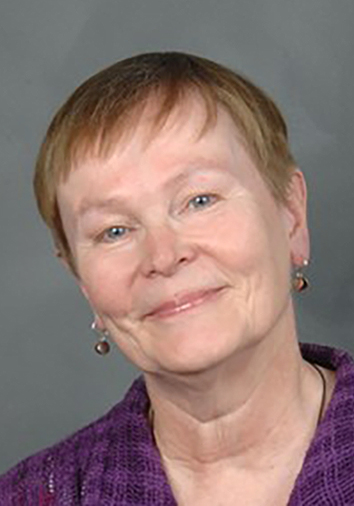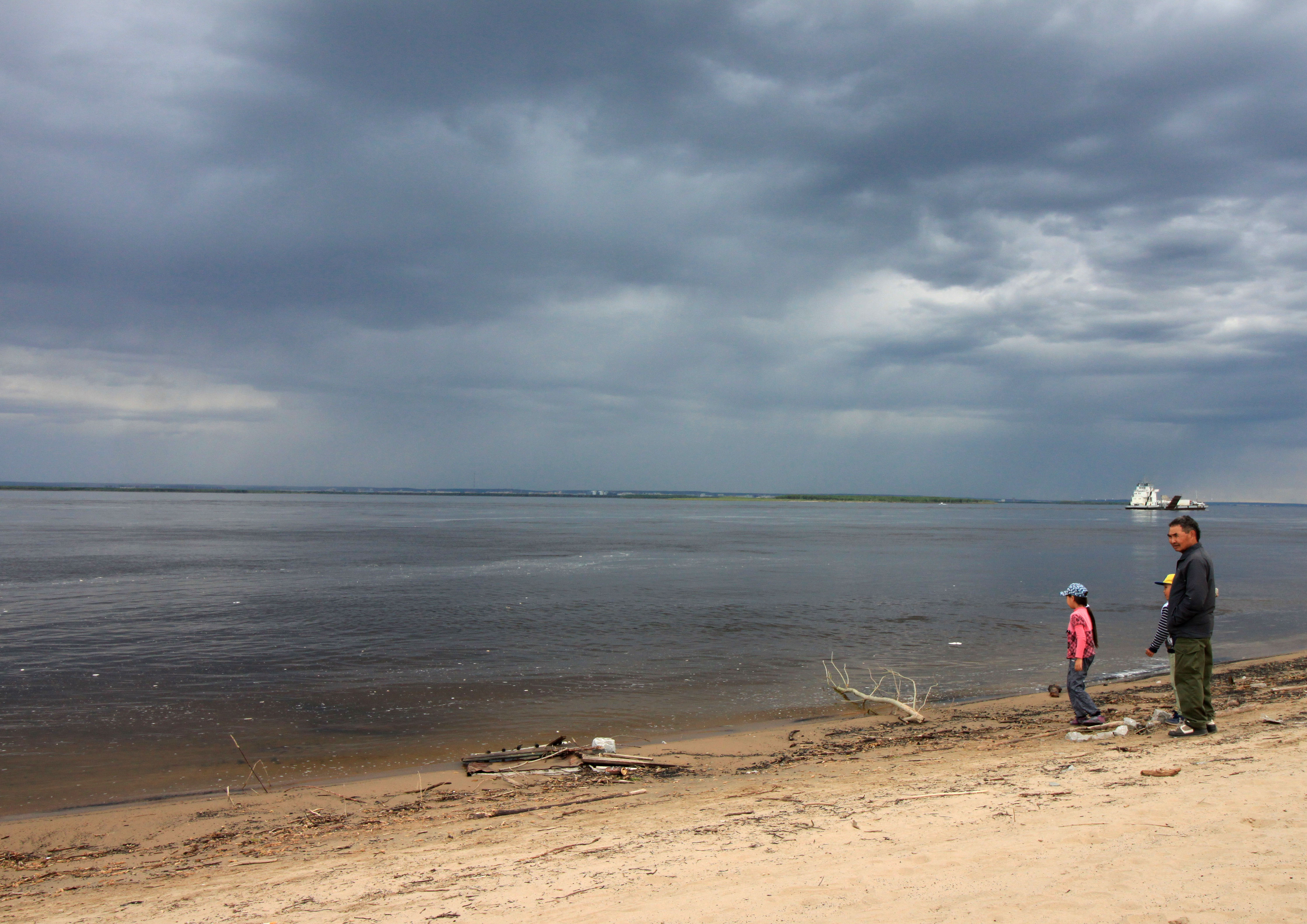Permafrost thaw impacts human health in various ways. Through the release of contaminants and infections, through impacts on food and water security and via socio-economic repercussions.
Objectives
Permafrost thaw is expected to impact human health through the release of contaminants and infections, through impacts on food and water security of Arctic coastal settlements and to induce health and socio- economic repercussions. Permafrost is thought to store considerable amounts of persistant contaminants. This includes heavy metals and radionuclides (e.g. mercury, lead, cadmium, arsenic and plutonium) as well as persistent organic pollutants (POPs). Permafrost also contains bacteria and/or spores of zoonosis and diseases that can still be viable (e.g. Anthrax). The potential release of these substances by rapid permafrost thaw poses a serious threat to human and wild-life populations. In this WP, the Arctic One Health approach (Ruscio et al, 2015), a holistic framework that considers the connections between the environment, plant, animal and human health, will be used for evaluating health risks for wild-life and humans living in the three focal areas of Nunataryuk. In addition to the information provided by WPs 1-2 and WP4 on contaminant storage and fluxes, WP5 will study physical and mental health as well as wellness through the conduction of surveys together with WP7 in relation to permafrost thaw. WP5 will also use epidemiological modelling to understand and predict possible outbreak dynamics.
The specific objectives of WP5 are:
- O5.1: Assess the present health risks caused by permafrost thaw in local communities.
- O5.2: Develop epidemiological models of contaminant and pollutant release for coastal communities, focusing on anthrax, to predict the impact of permafrost thaw-related health outbreaks.
- O5.3: Assess the impacts of permafrost thaw on mental wellness in coastal communities.
- O5.4: Holistically integrate knowledge on community health and permafrost thaw to contribute to adaption and mitigation strategies developed in WP9.
WP Coordination

Prof. Arja Rautio, Thule Institute, University of Oulu
Description of deliverables
D5.1 Map on the state of human health in Arctic coastal communities (UOULU) – Month 12
D5.2 Human health risk assessment of permafrost-thaw related release of contaminants and pollutants (UOULU) – Month 24
D5.3 Report on release of Anthrax from permafrost thaw and impacts in coastal communities (CNR) – Month 30
D5.4 Report on impacts of permafrost thaw on mental health (UOULU) – Month 46



